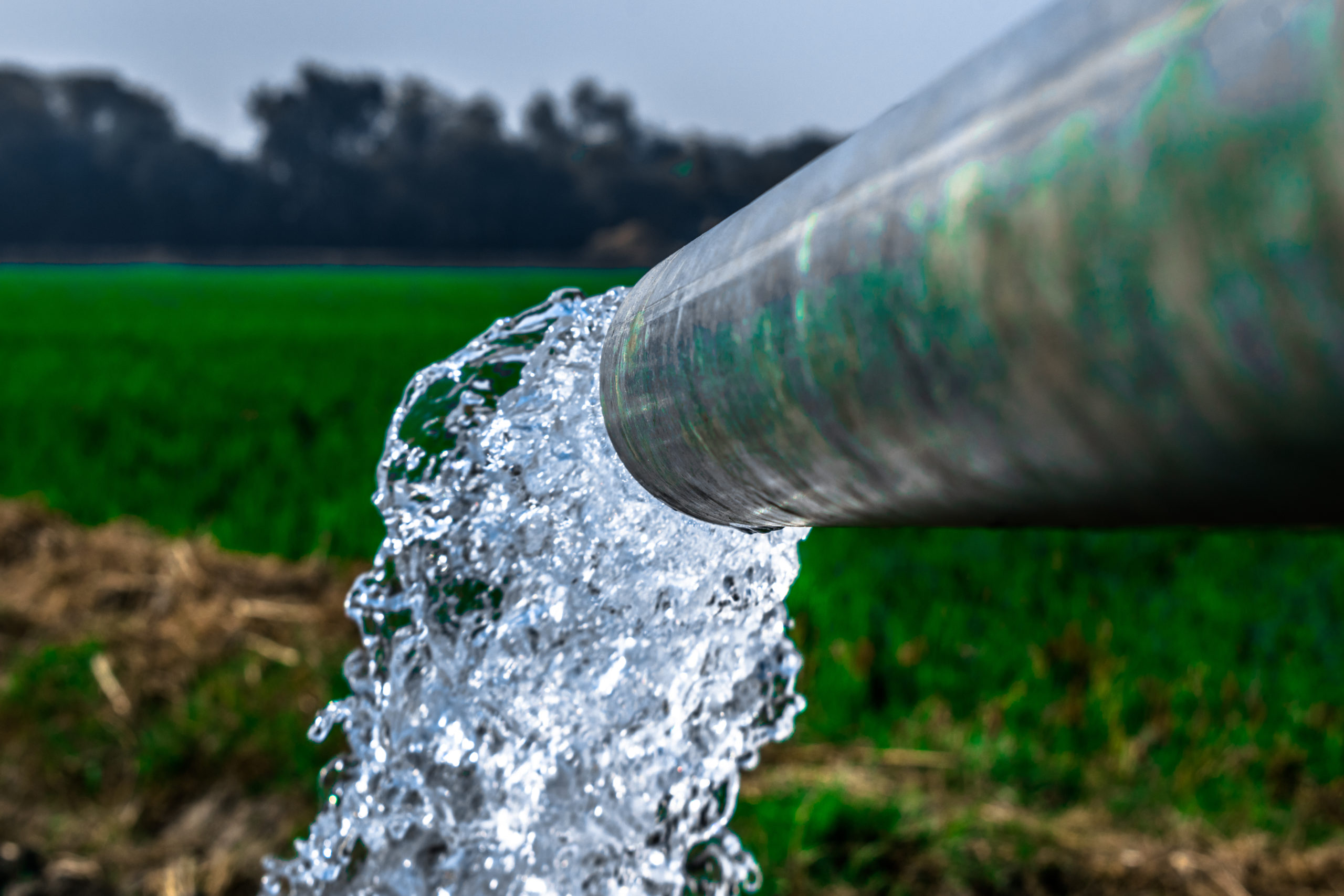Discovering the Duty of Biotechnology in Waste Water Treatment
Discovering the Duty of Biotechnology in Waste Water Treatment
Blog Article
Strategic Approaches to Boost Drainage Treatment Effectiveness and Reduce Ecological Effect
In the world of drainage therapy, the pursuit for boosted efficiency and minimized ecological effect is a continuous difficulty that demands calculated remedies. As society grapples with the crucial to take care of water resources sustainably, a nuanced strategy comes to be important. The integration of sophisticated treatment innovations, energy-efficient processes, resource healing approaches, improved nutrient removal strategies, and smart surveillance and control systems stands for a multifaceted structure for resolving these pressing concerns. What exists at the core of this complex internet of techniques is the possible to change the means we come close to waste water therapy, not simply as a procedure of disposal, yet as a beneficial opportunity for development and ecological stewardship.
Advanced Therapy Technologies
Sophisticated membrane filtration systems have actually changed advanced wastewater treatment procedures, significantly boosting the elimination of contaminants. This technology has actually proven to be highly efficient in removing a wide range of impurities, consisting of pharmaceuticals, hefty steels, and organic substances, which are often challenging to eliminate with traditional therapy methods.
Additionally, membrane purification systems use various advantages over traditional therapy approaches. Additionally, these systems are highly functional and can be easily integrated into existing treatment plants or made use of as standalone systems for decentralized applications.
Energy-Efficient Processes
The integration of energy-efficient processes in wastewater treatment systems is vital for enhancing source use and reducing functional prices. By applying energy-efficient innovations, treatment plants can considerably lower their carbon footprint and total ecological influence. One vital approach to boosting power efficiency in wastewater treatment is the use of advanced aeration systems, such as great bubble diffusers or surface aerators, which can enhance oxygen transfer effectiveness and reduce energy usage. Furthermore, integrating energy recovery systems, like anaerobic food digestion for biogas production or using excess warmth for thermal processes, can aid counter energy demands and advertise sustainability.
Furthermore, optimizing procedure control and automation with using sophisticated sensors and monitoring systems can improve total energy effectiveness by adjusting operations in real-time based on actual need and problems. Carrying out energy audits and regularly keeping track of energy performance signs are vital techniques to recognize areas for renovation and track energy-saving efforts properly. Overall, the fostering of energy-efficient procedures in wastewater treatment not only profits the environment but likewise adds to long-lasting price financial savings and operational sustainability.
Resource Recuperation Methods
With an emphasis on enhancing resource utilization and sustainability in wastewater therapy systems, the implementation of resource recovery strategies arises as a pivotal facet in improving operational effectiveness. Resource recuperation methods in wastewater therapy involve the identification and removal of beneficial sources from the waste stream, consequently transforming what was once thought about waste right into a valuable asset. By implementing source recovery techniques such as nutrient elimination and healing, energy generation from natural matter, Discover More and the manufacturing of recyclable water, wastewater therapy plants can lessen ecological influence while maximizing effectiveness.

Enhanced Nutrient Removal Strategies
Carrying out advanced nutrient elimination techniques is important for maximizing the performance of wastewater treatment systems. One of the key methods utilized for improved nutrient removal is the procedure of organic nutrient elimination (BNR), which includes the removal of nitrogen and phosphorus through organic processes.

In addition to BNR, advanced treatment techniques such as membrane bioreactors (MBRs) and built marshes can also be employed to improve nutrient removal performance. By incorporating these innovative nutrient elimination techniques right into wastewater treatment municipalities, markets and systems can successfully lower nutrient air pollution and protect the setting.
Smart Tracking and Control Systems
Utilizing advanced innovation, the integration of wise tracking and control systems revolutionizes the operational performance of wastewater treatment centers. These systems include innovative sensing units and information analytics to continually check key criteria such as pH degrees, turbidity, dissolved oxygen, and circulation rates in real-time. By collecting and assessing this data, drivers can gain beneficial understandings into the efficiency of the therapy procedures, allowing aggressive changes to enhance treatment efficiency.
Smart tracking and control systems likewise support remote surveillance capacities, permitting operators to gain access to real-time data and control functions from off-site check this locations. This remote accessibility boosts functional flexibility and responsiveness, enabling speedy treatments in instance of system breakdowns or fluctuations in influent quality. The anticipating upkeep capacities of these systems help prevent tools failures and reduce downtime, inevitably improving the overall integrity of wastewater therapy procedures.
Final Thought
To conclude, tactical approaches such as innovative treatment modern technologies, energy-efficient processes, resource recuperation approaches, improved nutrient elimination techniques, and wise tracking and control systems play an essential role in boosting wastewater therapy effectiveness and lessening environmental impact. By implementing these methods, wastewater treatment plants can enhance their general efficiency, decrease power consumption, recoup valuable sources, and guarantee compliance with environmental regulations. These methods are essential for lasting and efficient wastewater management practices.

In verdict, tactical methods such as sophisticated therapy innovations, energy-efficient procedures, source recovery strategies, improved nutrient removal techniques, and clever tracking and control systems play a vital function in boosting wastewater therapy effectiveness and minimizing ecological impact.
Report this page